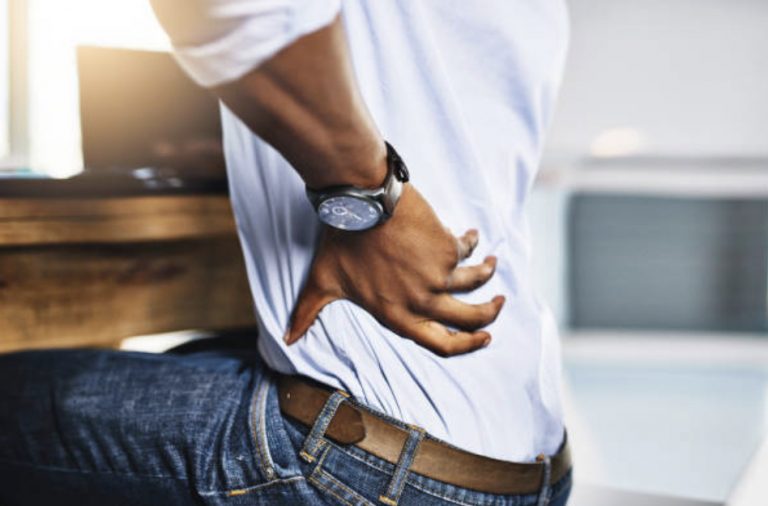What is Spondylosis
The symptoms of an aging spine, also known as spondylosis, do not always occur with other spine conditions. As a person gets older, the spine begins to weaken or degenerate, which can cause painful symptoms associated with spondylosis. Spinal weakening typically begins around middle age without noticeable symptoms. However, when the spinal cord, joints, or nerves in the spine get irritated or compressed, spondylosis symptoms can begin. To learn about the specific symptoms associated with this condition as well as the causes of developing spondylosis, read the following article.
Spondylosis Causes
Nerve compression is the result of the following conditions:
- Herniated discs
- Bulging discs
- Bone spurs
- Abnormalities in various parts of the spine
Symptoms can also occur when the joints between the vertebrae wear down, becoming stiff and painful. Chronic back pain associated with spondylosis is managed through non-surgical treatments such as chiropractic care, yoga, and lifestyle changes.
Spondylosis and Nerve Compression
Spondylosis symptoms can differ for everyone, depending on the location and intensity of the nerve pressure. For example, nerve compression in the neck can produce symptoms in the shoulders, upper back, arms, hands, and fingers. In the lower back, pressure on the sciatic nerve, the largest and longest nerve in the body, can produce symptoms in the back, buttocks, legs, feet, and toes.
The symptoms of nerve compression caused by spondylosis can include:
- Intermittent pain
- Pain that radiates into the extremities
- Joint or muscular stiffness after sleeping, usually in the morning
- Muscular weakness
- Tingling or a pins-and-needles sensation
- Numbness or loss of sensation
- Tenderness in the area of nerve compression
- Loss of bowel and bladder control (which requires immediate medical attention)
You may also experience spondylosis symptoms if the cartilage wears away from the joints in the spine, also known as the facet joints. Facet joints are the connections between vertebrae that make your back flexible, enabling you to bend and twist. Normally, the facet joints have a thick coating of cartilage to help them move smoothly and painlessly. When the cartilage wears away, neck and back movements can become stiff and painful. Therefore, it may become difficult to stand up and lift heavy objects, while some patients may start to walk in a hunched position.
Managing Spondylosis Symptoms
Spondylosis isn’t reversible, but it is treatable. Conservative care, oftentimes nonsurgical, will help manage chronic spondylosis symptoms. These options can include pain medication, epidural steroid injections, physical therapy, and hot or cold therapy. If you’re still experiencing chronic back pain after several weeks or months of nonsurgical treatment, contact BEST Health System to learn how our minimally invasive spine surgery may be able to provide you with lasting relief.
Using a less than 1-inch incision, our minimally invasive procedures treat most common spine conditions without the increased risk of complication and lengthy recovery associated with traditional open back surgery.
To help relieve the symptoms associated with spondylosis, our board-certified surgeons may recommend a minimally invasive decompression surgery or minimally invasive stabilization surgery to provide relief. During decompression surgery, a less than 1-inch incision is used to remove a small portion of a spinal disc or bone, in order to take pressure off the nerve that’s causing your chronic back pain.
Depending on the severity of your condition, a stabilization surgery may also be used to remove the diseased disc or vertebrae through a small incision that is muscle sparing and replace it with an implant and/or bone graft, providing pain relief and immediate stability.
BEST Health System
BEST Health System specializes in minimally invasive spine surgery. This is a safer and more effective alternative to traditional open back procedures. It offers many benefits such as less risk of infection and no lengthy recovery. For more information on how BEST can help you find relief from chronic neck and back pain, contact us today.
